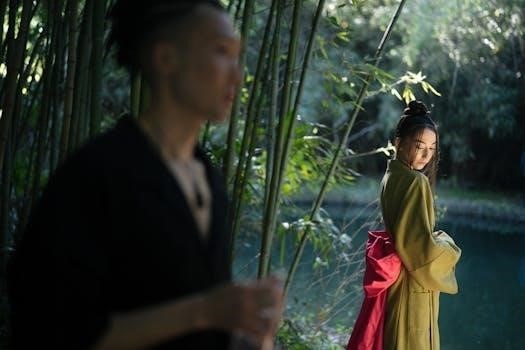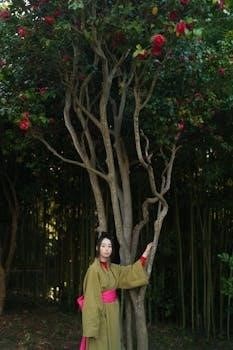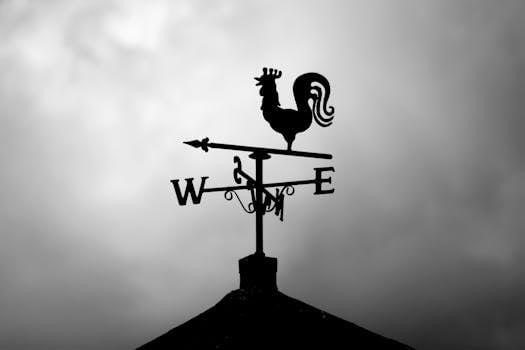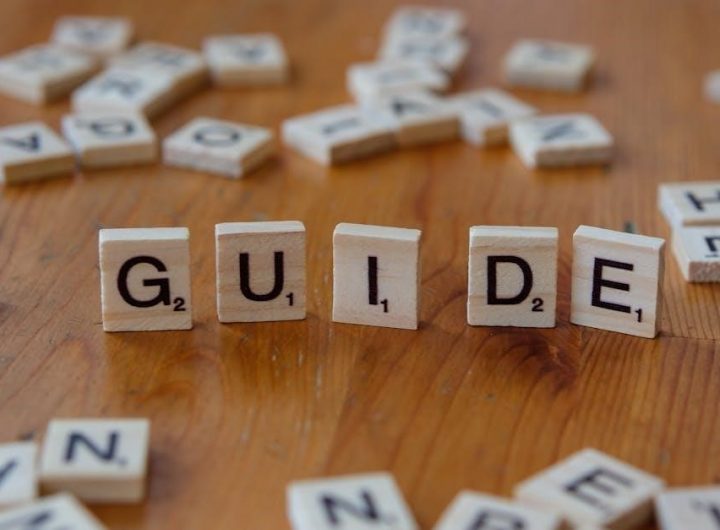
East of Eden⁚ A Comprehensive Overview
John Steinbeck’s epic novel, East of Eden, is widely available in PDF format for convenient digital reading; This accessibility allows readers to explore Steinbeck’s masterpiece, delving into its complex themes and captivating characters. Discover the Trasks’ powerful story today!
Availability of “East of Eden” in PDF Format
Finding “East of Eden” in PDF format is remarkably easy in today’s digital landscape. Numerous online platforms offer the book as a free or paid download. Sites like Library Genesis and Internet Archive often provide free access to the PDF, allowing readers to delve into Steinbeck’s epic without cost. However, it’s essential to consider copyright laws and support authors by purchasing the book when possible.
Alternatively, many online bookstores and ebook retailers, such as Amazon Kindle, offer “East of Eden” as a paid PDF or ebook download. This ensures you’re obtaining a legitimate copy while compensating the author’s estate. Furthermore, some libraries provide access to digital versions of the book through their online lending services.
When downloading from any source, prioritize reputable websites to avoid malware or pirated content. Verify the file’s source and ensure your device has adequate security measures. With a little caution, accessing “East of Eden” in PDF format is a straightforward way to immerse yourself in this literary classic.
Themes in “East of Eden”
East of Eden explores profound and universal themes that resonate deeply with readers. The novel delves into the complexities of good and evil, examining the inherent capacity for both within human nature. Family dynamics and the impact of sibling rivalry are central, particularly through the allegorical retelling of the Cain and Abel story. Steinbeck masterfully portrays the destructive consequences of envy and the struggle for parental love.
The concept of free will is another cornerstone of the novel. Characters grapple with choices that shape their destinies, highlighting the power of individuals to overcome predetermined paths. Morality and the search for meaning are also prevalent, as characters navigate a world filled with moral ambiguities and seek purpose in their lives.
Love, in its various forms, is explored extensively, from familial bonds to romantic relationships. The novel also confronts themes of identity, the search for self, and the influence of environment on character development. Ultimately, East of Eden offers a powerful meditation on the human condition.
Biblical Allusions⁚ Cain and Abel
East of Eden is deeply intertwined with the biblical story of Cain and Abel, serving as a foundational allegory for the novel’s exploration of good and evil. Steinbeck draws direct parallels between the biblical narrative and the lives of his characters, particularly Adam and Charles Trask. The brothers’ relationship mirrors the rivalry and jealousy between Cain and Abel, with Charles embodying Cain’s resentment and Adam representing Abel’s perceived favor.
The novel examines the themes of sin, guilt, and redemption through the lens of this biblical allusion. Steinbeck explores the nature of human choice and the capacity for both destructive and compassionate actions. He delves into the question of whether individuals are predestined to follow a certain path or if they possess the free will to overcome their inherent flaws.
The Cain and Abel story serves as a framework for understanding the characters’ struggles and the moral complexities they face. Steinbeck uses this biblical foundation to explore the enduring battle between good and evil within the human heart.
Free Will and Choice
One of the central themes explored in East of Eden is the concept of free will and the power of choice. Steinbeck challenges the notion of predestination, arguing that individuals have the capacity to shape their own destinies. This theme is most explicitly articulated through the character of Lee, who emphasizes the importance of the Hebrew word “Timshel,” meaning “Thou mayest.”
Lee believes this translation is profoundly important because it means man has free will and choice over conquering sin, which gives people dignity and greatness. He feels discovering this has given him a new appreciation for the power and importance of the human soul.
The characters in East of Eden constantly grapple with the choices they make and the consequences that follow. Steinbeck suggests that while individuals may be influenced by their environment and upbringing, they ultimately have the agency to choose between good and evil. This theme underscores the novel’s message of hope and the potential for redemption, even in the face of adversity. The presence of choice gives us greatness.

Character Analysis in “East of Eden”
East of Eden features complex characters whose lives intertwine. Adam Trask, Cathy Ames, and Lee are central to exploring themes of good and evil. Their motivations, actions, and relationships shape Steinbeck’s powerful story of choice, consequence, and the human condition.
Adam Trask
Adam Trask, a central figure in East of Eden, embodies the struggle between good and evil, influenced heavily by his relationship with his manipulative wife, Cathy. Initially portrayed as naive and idealistic, Adam’s character undergoes significant transformation throughout the novel, shaped by trauma and disillusionment.
His unwavering love for Cathy blinds him to her true nature, leading to profound emotional pain and shaping his interactions with his twin sons, Caleb and Aron. Adam’s attempts to create an idyllic life in the Salinas Valley are constantly challenged by the presence of darkness, both within himself and in those around him.
He seeks meaning and redemption through his relationships, struggling to understand the complexities of human nature. Adam’s journey reflects Steinbeck’s exploration of free will and the enduring battle between light and shadow in the human spirit, making him a compelling character.
Cathy Ames/Kate
Cathy Ames, later known as Kate, stands as one of literature’s most chilling portrayals of pure evil in Steinbeck’s East of Eden. From her earliest years, Cathy exhibits a disturbing lack of empathy and a penchant for manipulation, using her intelligence and beauty to control those around her.
She is depicted as almost inhuman, incapable of genuine love or remorse. Cathy’s actions are driven by a desire for power and self-preservation, regardless of the harm she inflicts on others.
Her abandonment of her husband, Adam Trask, and her subsequent descent into prostitution highlight her moral depravity and her rejection of societal norms. Cathy’s character serves as a stark contrast to the other characters in the novel, embodying the dark side of human nature and raising questions about the origins of evil. Her presence is a constant source of conflict and tragedy.
Lee, the Trask Family Servant
Lee, the Trask family servant in East of Eden, is a complex and deeply philosophical character who serves as a moral compass for the Trask family. Despite his role as a servant, Lee is highly intelligent and well-read, possessing a wisdom that often surpasses that of his employers. He speaks in a pidgin English dialect, which he later reveals is a deliberate choice to mask his true intelligence and avoid prejudice.
Lee’s most significant contribution to the novel is his interpretation of the Hebrew word “timshel,” which emphasizes the concept of free will and the ability to choose between good and evil. This discovery profoundly impacts Adam Trask and shapes the moral framework of the story.
Lee’s loyalty, compassion, and intellectual curiosity make him one of the most endearing and influential characters in East of Eden, embodying the potential for wisdom and goodness even in unexpected places.

“East of Eden” as Steinbeck’s Magnum Opus
Steinbeck considered East of Eden his magnum opus, pouring his heart and soul into its creation. He even kept a journal, revealing his deep personal connection to the intertwined stories and themes.
Steinbeck’s Journal⁚ “Journal of a Novel”
Steinbeck’s “Journal of a Novel” provides invaluable insight into the creation of East of Eden. Often read as a companion piece, it reveals his deep personal connection to the story and its themes. In his journal, Steinbeck describes East of Eden as “the first book,” the one he always wanted to write.
The journal offers a glimpse into Steinbeck’s writing process, his struggles, and his aspirations for the novel. It illuminates his intentions and provides a deeper understanding of the characters and their motivations.
Through his journal, Steinbeck invites readers into his creative world, allowing them to witness the birth of a literary masterpiece. It serves as a testament to his dedication and passion, solidifying East of Eden’s place as his magnum opus. The journal offers a unique perspective on Steinbeck’s creative process.

Critical Reception and Literary Significance
East of Eden, despite some critical divides, holds significant literary value. Its exploration of free will and morality continues to provoke discussion. The novel’s impact endures through generations of readers worldwide.
Moral Ideas and Interpretation
East of Eden delves deep into complex moral ideas, inviting diverse interpretations. Steinbeck presents characters grappling with good and evil. It is a struggle for individual agency and moral responsibility. The novel explores the concept of “timshel,” emphasizing humanity’s capacity to choose between right and wrong.
Literary critics have examined the novel’s moral framework. Some highlight the influence of Puritanism on Steinbeck’s worldview. Others focus on the theme of free will as a central element in shaping individual destinies. East of Eden presents a paradoxical world, where characters are both products of their environment and agents of their own choices.
Future generations will likely continue to analyze Steinbeck’s unique moral ideas, finding new layers of meaning in this timeless work. Readers should engage with novel’s complex characters and metaphors.

Salinas Valley Setting
The Salinas Valley, a fertile region in California, serves as the backdrop for much of East of Eden. Steinbeck, born in Salinas, vividly portrays the valley’s beauty and harshness. It is a place where the Trask and Hamilton families’ lives intertwine; The valley’s landscape deeply influences the characters. Its environment shapes their struggles, dreams, and destinies.
Steinbeck’s intimate knowledge of the Salinas Valley allows him to create a realistic and evocative setting. The valley becomes a character in itself. It reflects the human drama unfolding within its borders. The changing seasons, the cycles of agriculture, and the natural beauty of the valley all play a role in the narrative.
The Salinas Valley setting is not merely a backdrop. It is an integral part of East of Eden’s exploration of human nature. It is a timeless story of good and evil set against the backdrop of the American West.
 valentía 2 libro pdf descargar gratis
valentía 2 libro pdf descargar gratis  lhsaa handbook pdf
lhsaa handbook pdf  schematic solar panel wiring diagram pdf
schematic solar panel wiring diagram pdf  ions worksheet answer key pdf
ions worksheet answer key pdf  tier 3 vocabulary list pdf
tier 3 vocabulary list pdf  the last castle jack vance pdf
the last castle jack vance pdf  scag freedom z owners manual
scag freedom z owners manual  instructions for mobi thermometer
instructions for mobi thermometer  guiding light alan spaulding
guiding light alan spaulding